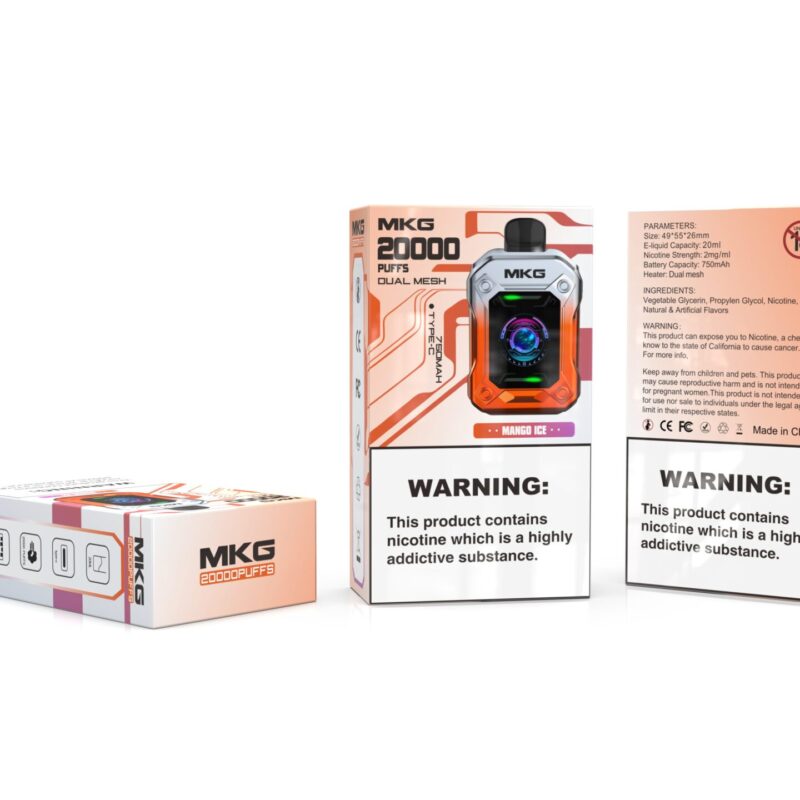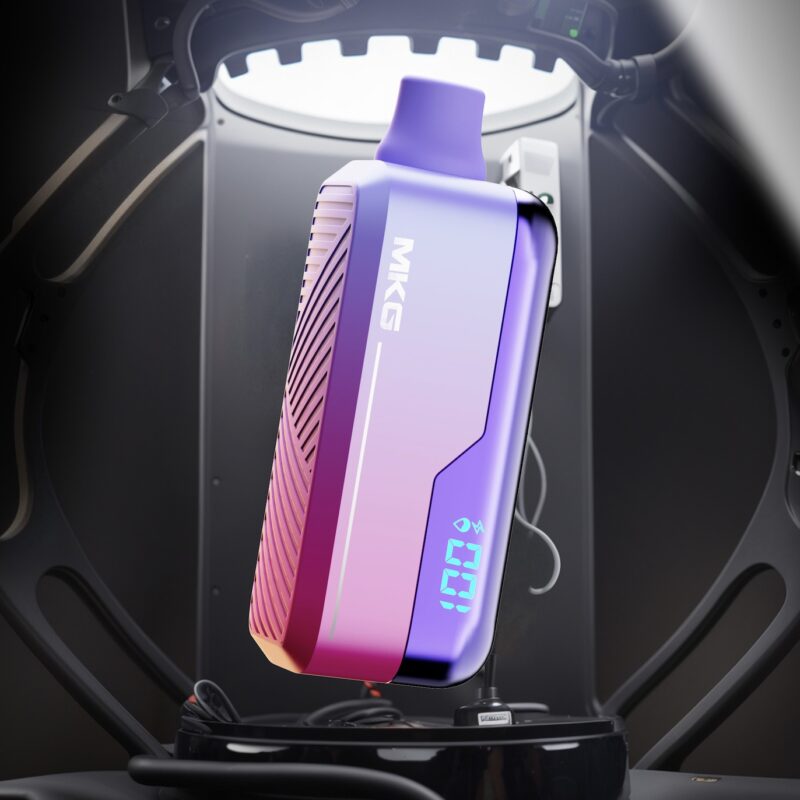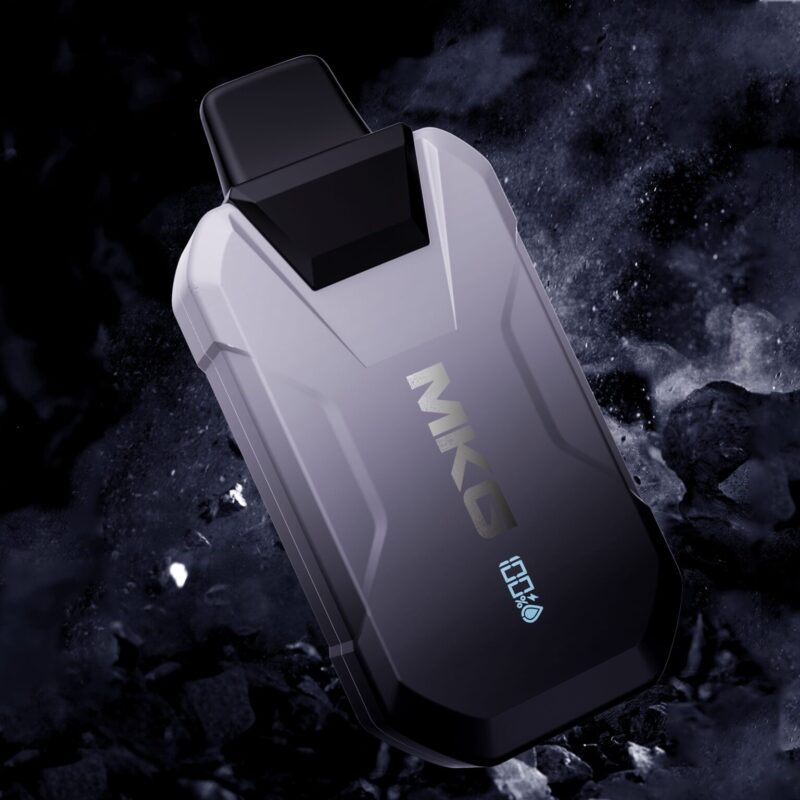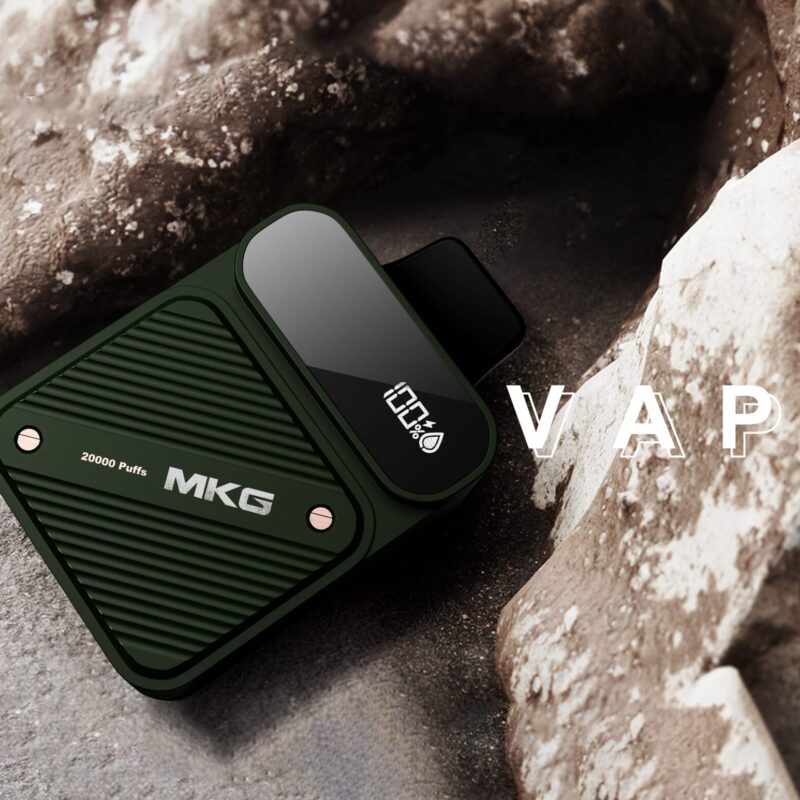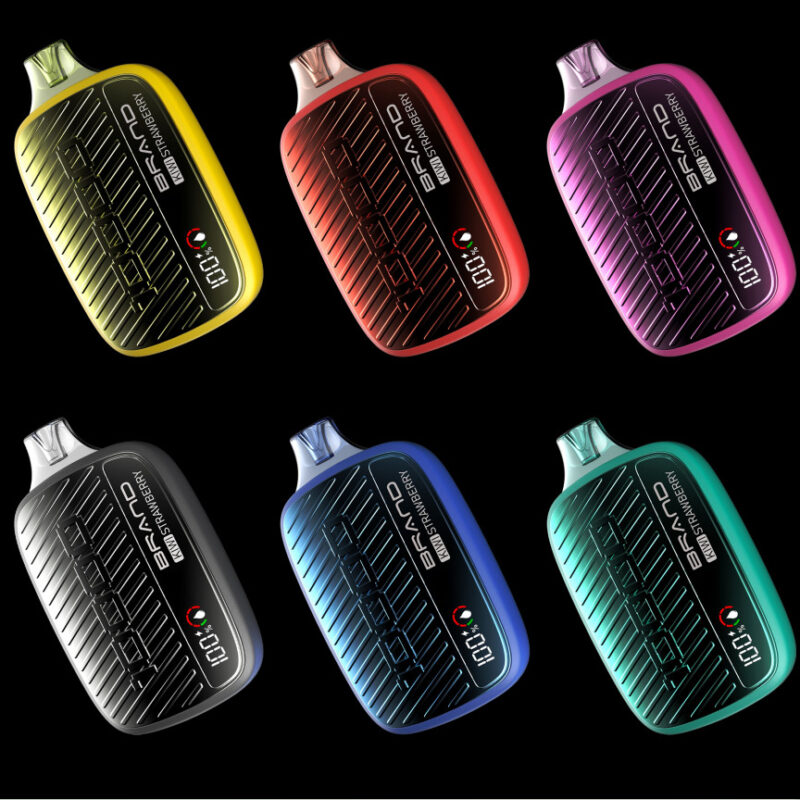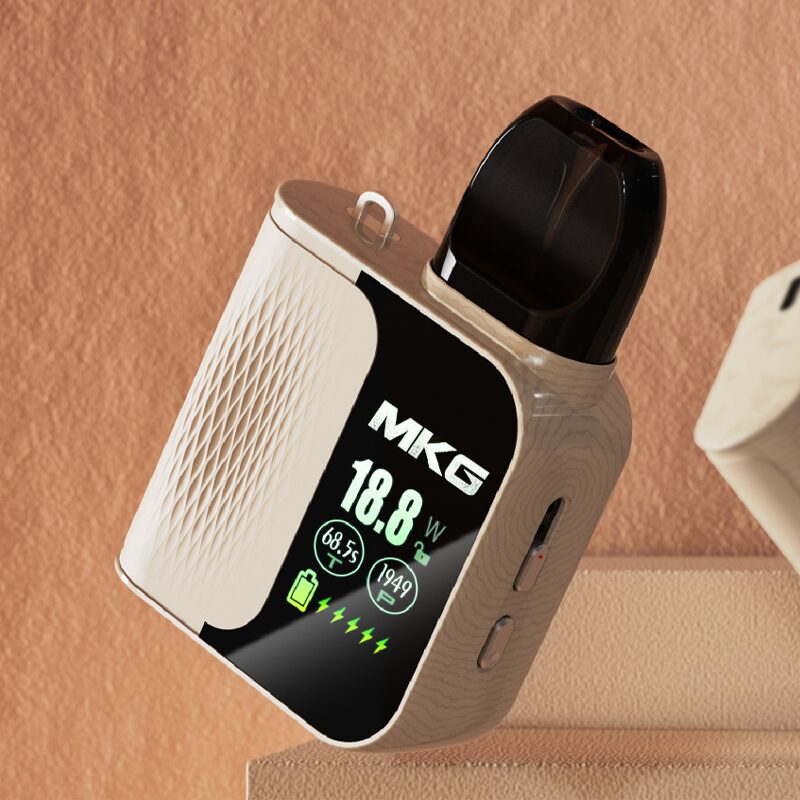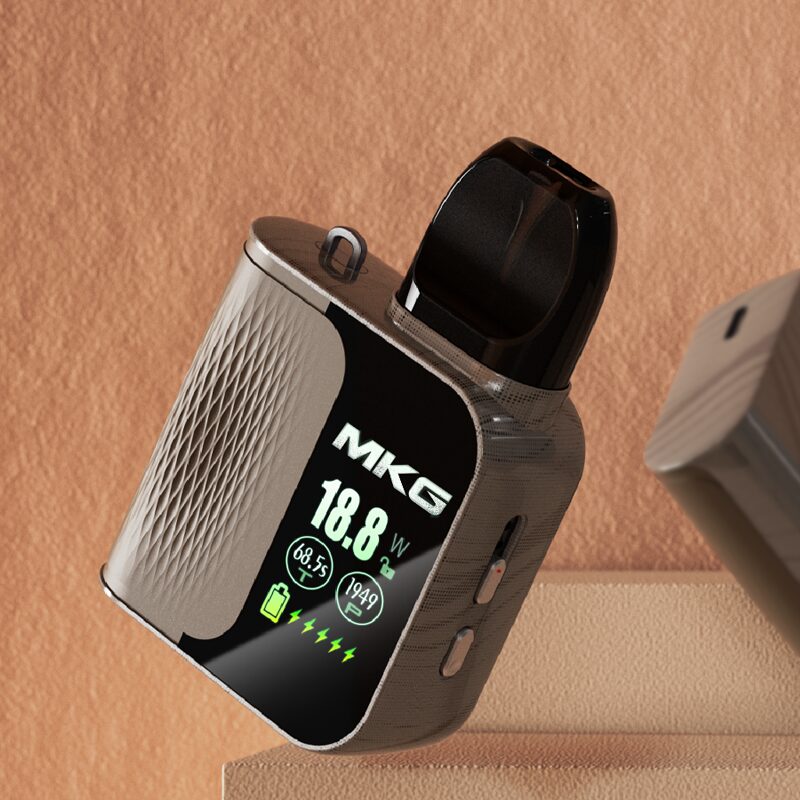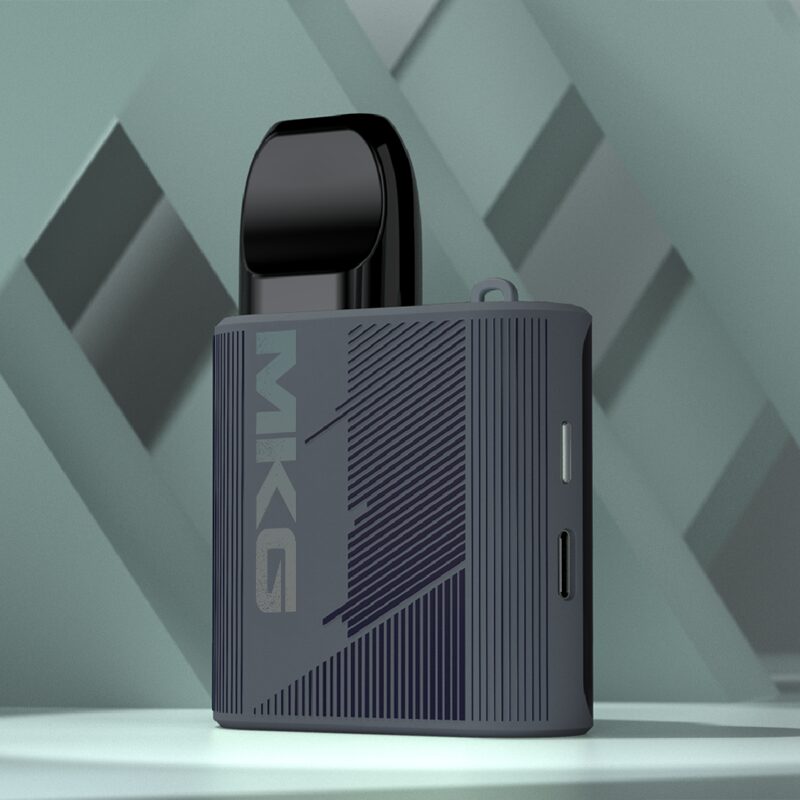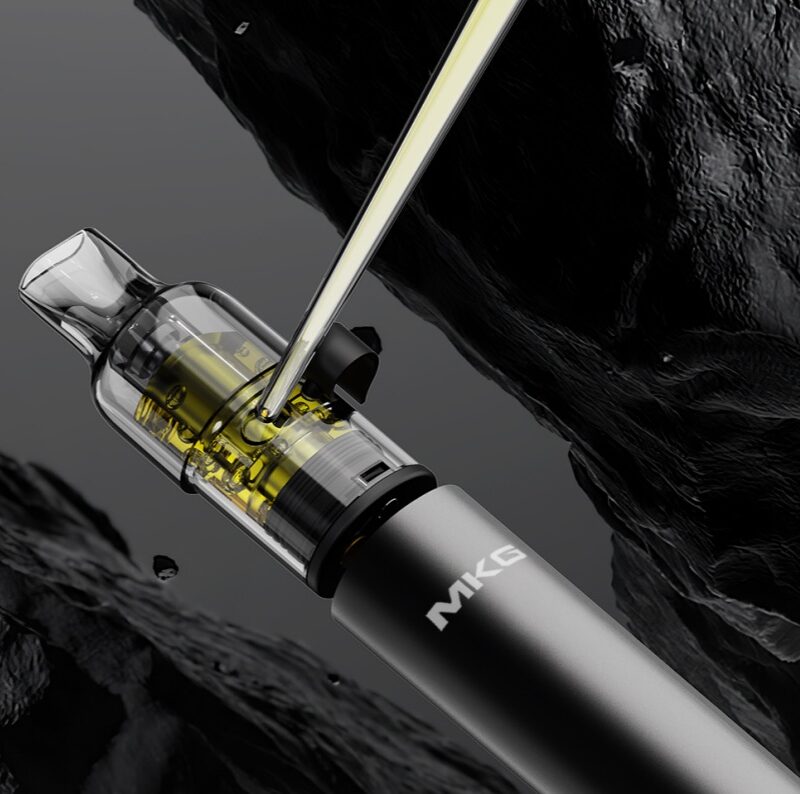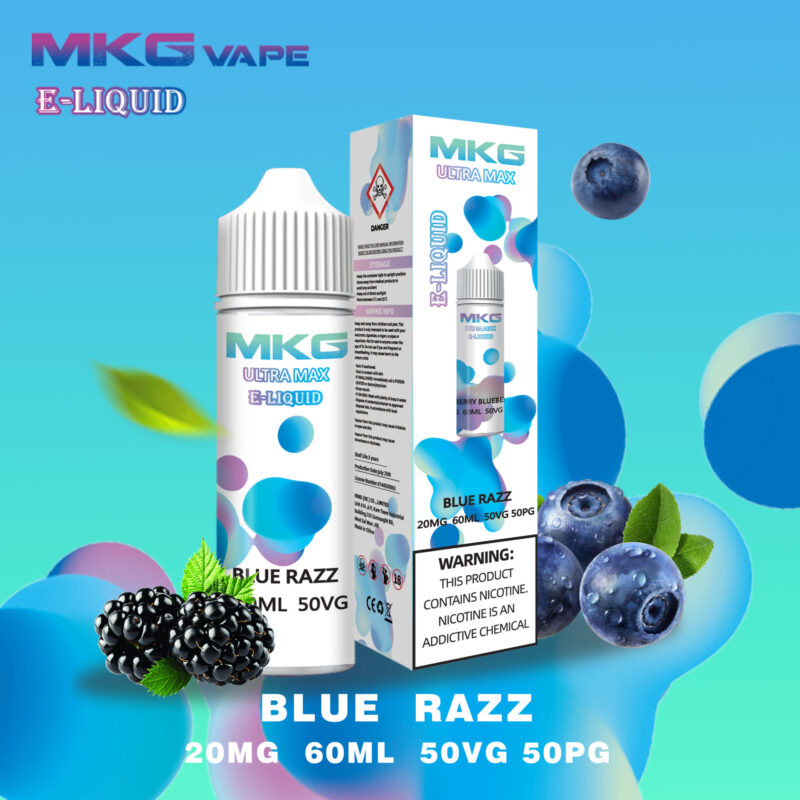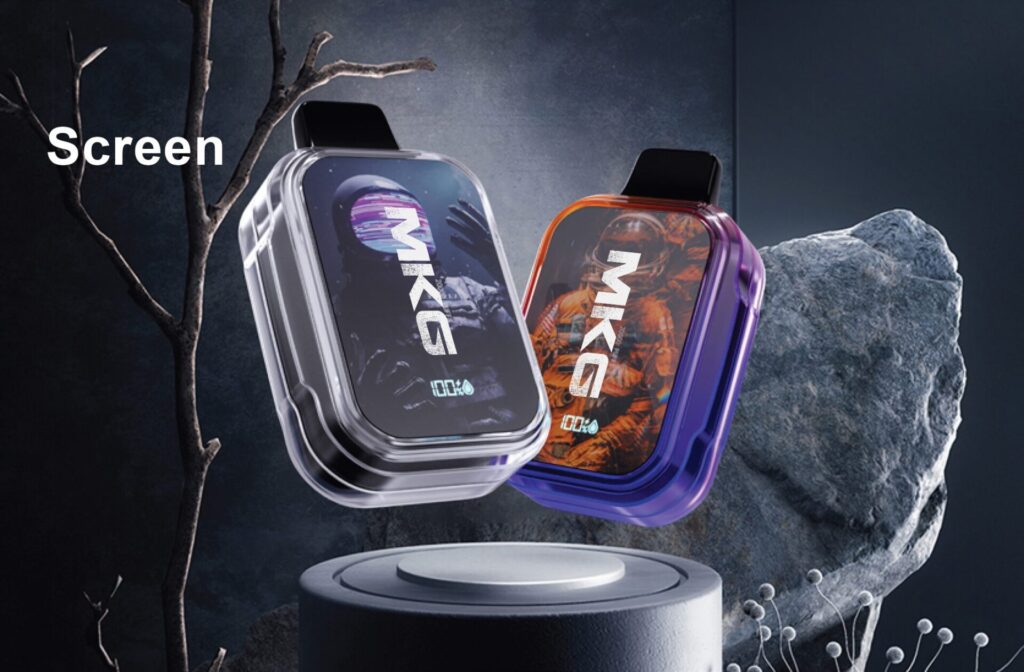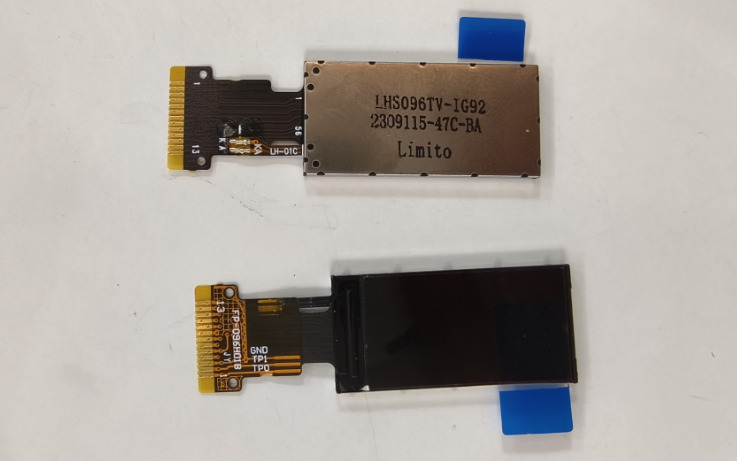E-cigarettes are now more popular with display screens. It is reported that the currently used screen types include LED digital tubes and LCD screens. In the past two years, digital tubes were the mainstream, but recently, TFT-LCD screens have attracted much attention. In this article, let’s briefly understand the differences between LED digital tubes and LCD screens.
1. LCD screen and characteristics
The full name of LCD (Liquid Crystal Display) is liquid crystal display. It is composed of a certain number of color or black and white pixels and is placed in front of a light source or reflective surface. The main principle is to use current to stimulate liquid crystal molecules to produce points, lines, and surfaces that cooperate with the back lamp to form a picture. , characterized by low power consumption and low price, so it is widely used.
In terms of classification, LCD is mainly divided into two types: black and white and color screen (TFT).

TFT display
Advantages and Disadvantages of LCD Display
advantage:
LCD has obvious advantages in energy saving.
Its radiation index is generally lower than that of CRT.
Due to its principle problem, there will be no geometric distortion or linear distortion.
The LCD display has a large viewing area.
High-definition picture quality (except for some low-priced shrink monitors).
The monitor is several times lighter and several times thinner than a CRT, making it easy to move.
There will be no picture color distortion caused by insufficient power supply.
shortcoming:
The visible deflection angle is small.
It is easy to produce image tailing (such as the mouse pointer shaking rapidly). This is because most ordinary LCD screens are 60Hz (displaying 60 frames per second), while CRTs are mostly 85Hz(85 frames per second). However, this problem mainly appeared in games when LCD monitors first became popular (i.e., “screen tearing”). It has been basically solved since then. If it still occurs, it can be solved by using “vertical synchronization”.
The brightness and contrast of the LCD display are not very good.
LCD “dead pixel” problem.
Lifespan is limited.
When the resolution is lower than the default resolution of the monitor, the blurring of the picture will be very obvious, while on CRT it will not be very obvious even if the current resolution is lower than the default 1x.
When the resolution is greater than the default resolution of the monitor (which requires software to be forced to set), the colors in the details will be lost, and the CRT screen will flicker severely and the picture will be obviously blurry.
2. LED digital tube and characteristics
LED Segment Displays are an “8”-shaped device that is packaged together with multiple light-emitting diodes. The light-emitting diodes are used as light-emitting units. The colors include single red, yellow, blue, green, white, yellow-green and other effects. .
LED digital tube
Compared with display devices such as LCD/TFT liquid crystal and OLED, the main features and advantages of LED digital tubes are:
It is an active emission type, so it has high brightness, wide viewing angle, and can be clearly seen in outdoor applications.
Luminous response time is fast!
It can drive light under low voltage and small current conditions, and is compatible with CMOS and ITL circuits.
Small size, light weight and good impact resistance.
Long life, service life is more than 50,000 hours, low cost.
And its disadvantages are:
High thickness, larger size and weight.
High power consumption.
There is little content to display information.
In general, the LCD screen is a display product with low power consumption, narrow viewing angle, and rich display content, so it is mostly used in handheld products with rich colors, diverse display content, and low power consumption; while the digital tube is suitable for some displays A single product with a wide viewing angle and directly connected to the power supply.





